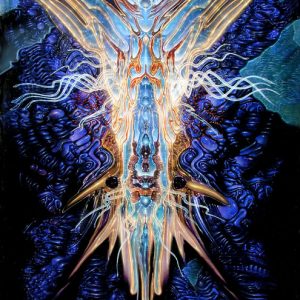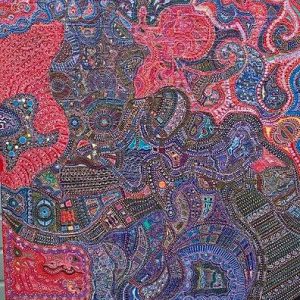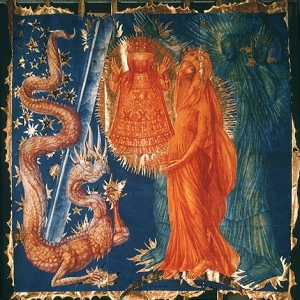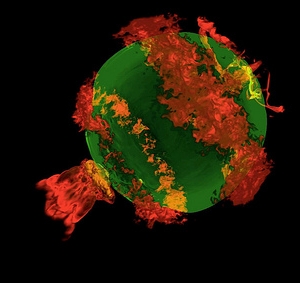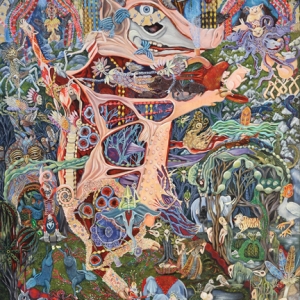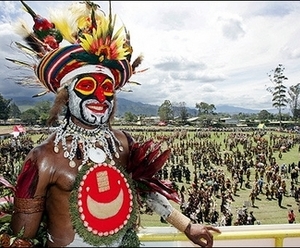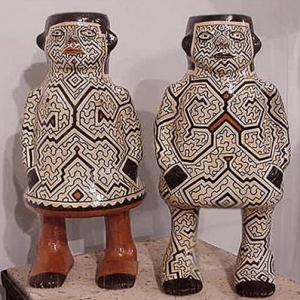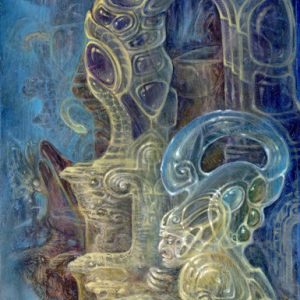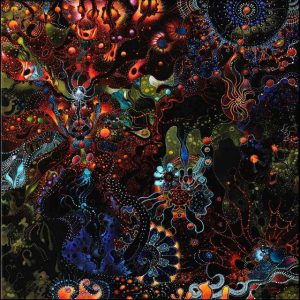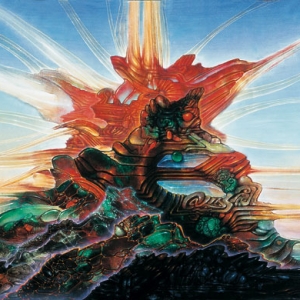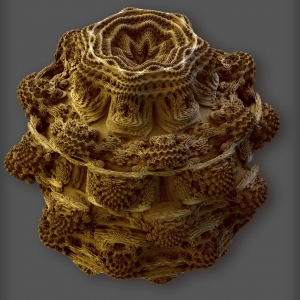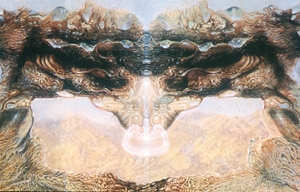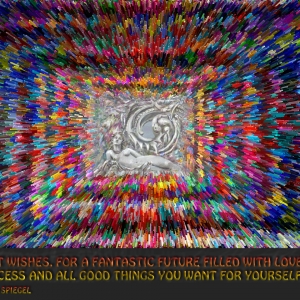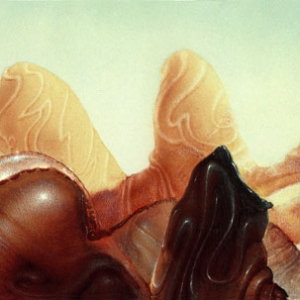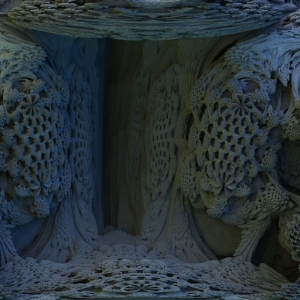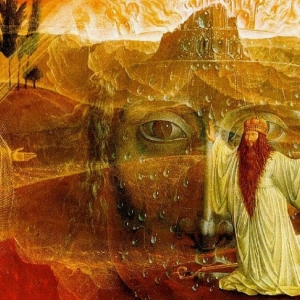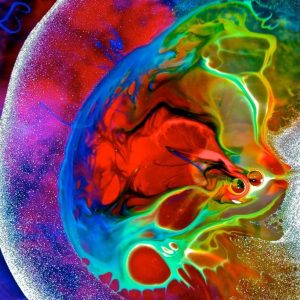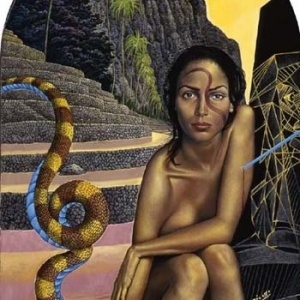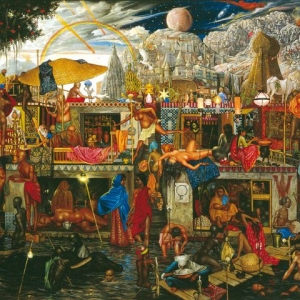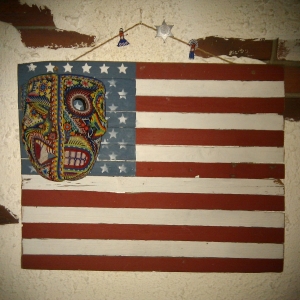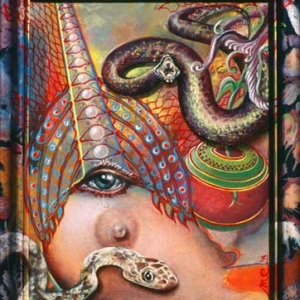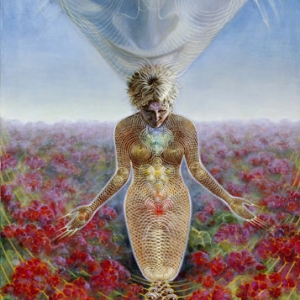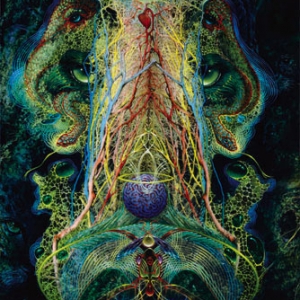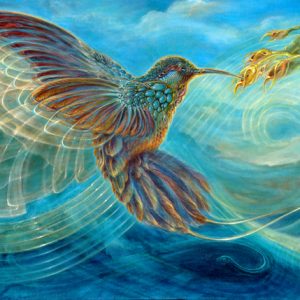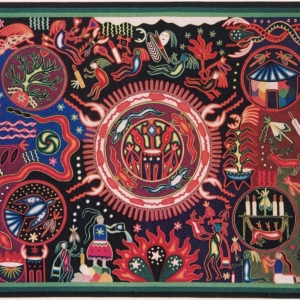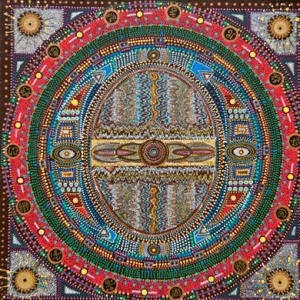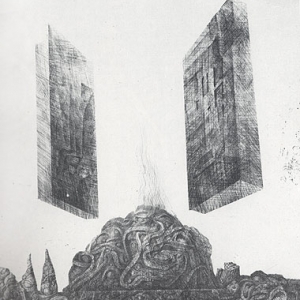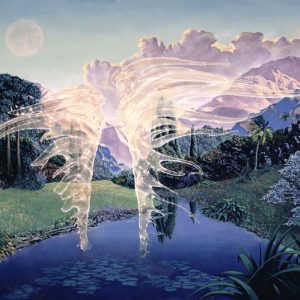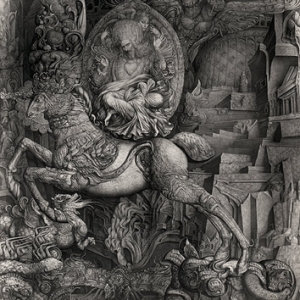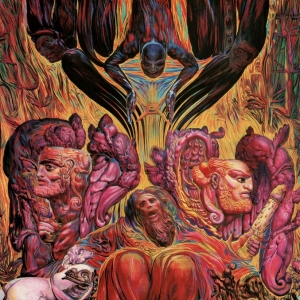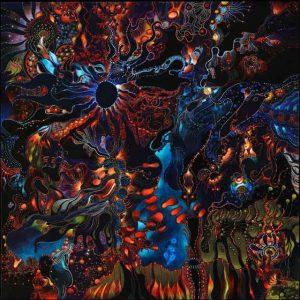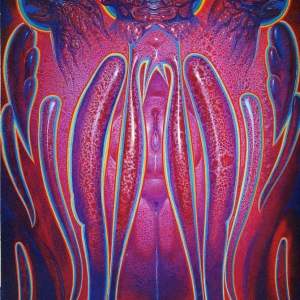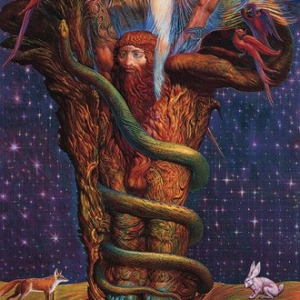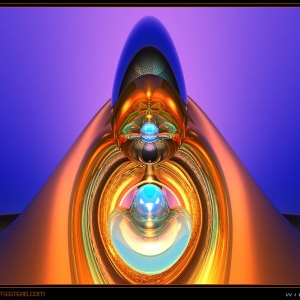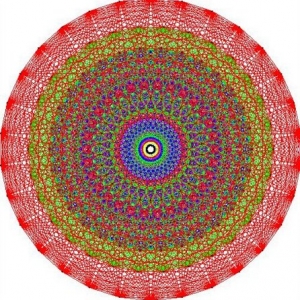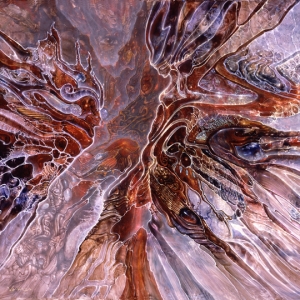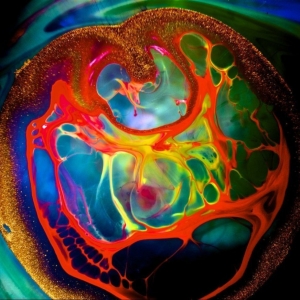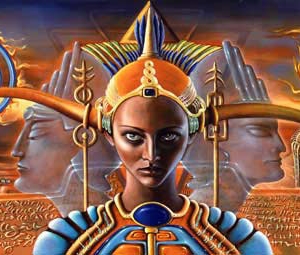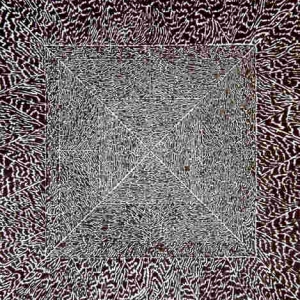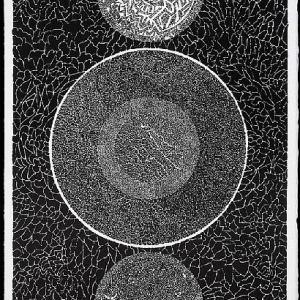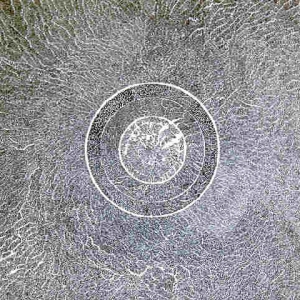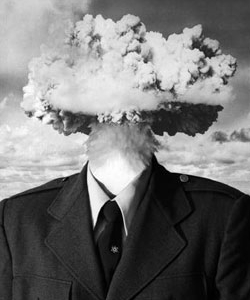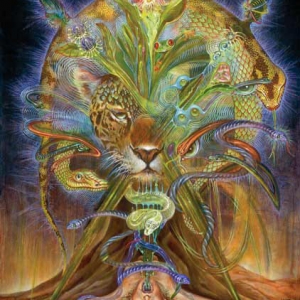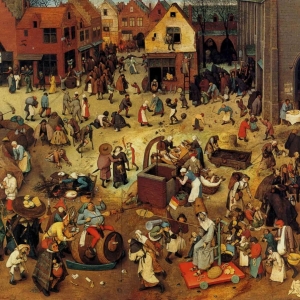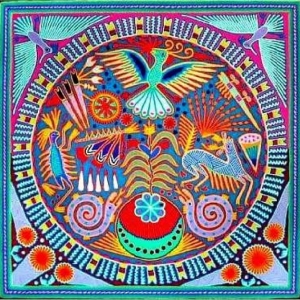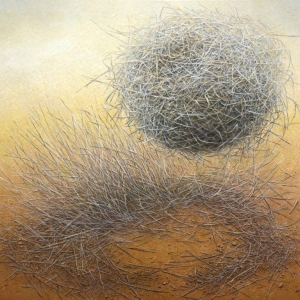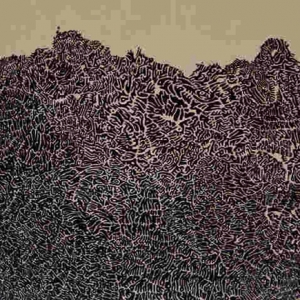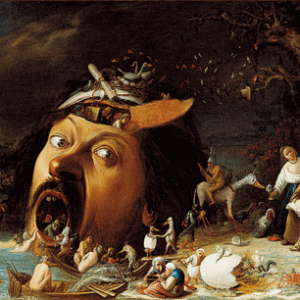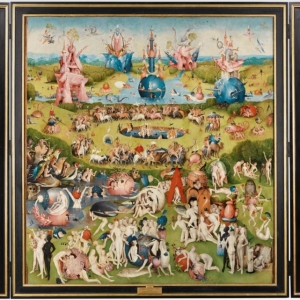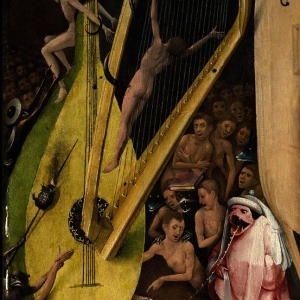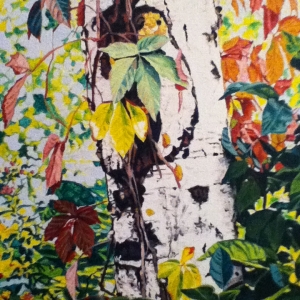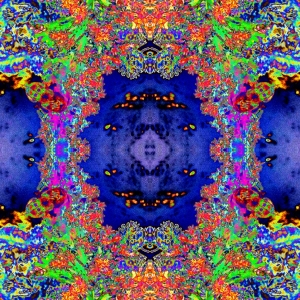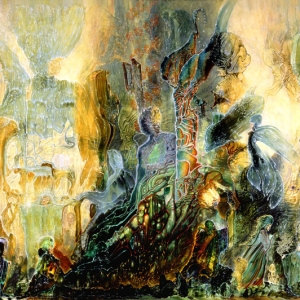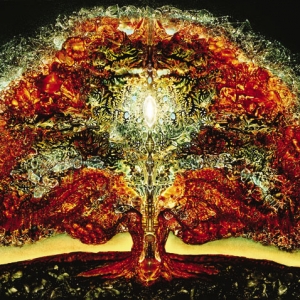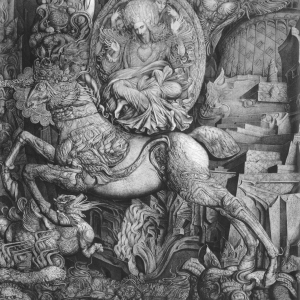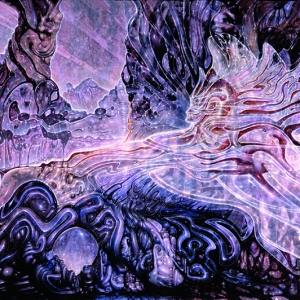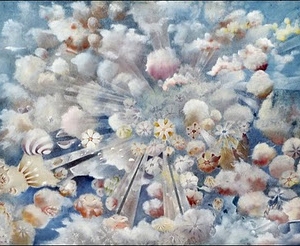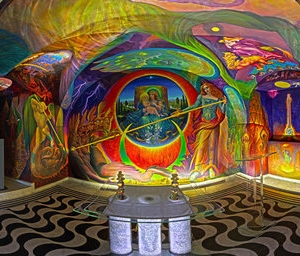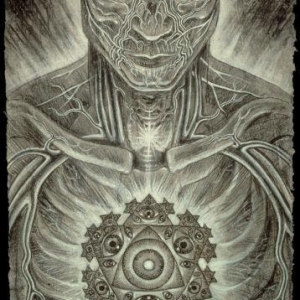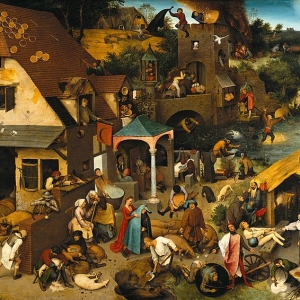
On April 19, 1943, a Swiss chemist in Basel treated himself to a small sample of a fungi-based substance, LSD-25, and rode his bicycle home, taking the first acid trip. A month earlier, a onetime hobo who had just built a 43-tone organ in Chicago and was bumming around the East Coast won a Guggenheim grant, giving institutional credence to his trippy musical explorations.
Albert Hofmann’s “Bicycle Day” and Harry Partch’s Carnegie Hall debut a year later, when he demonstrated his fantastical instruments and microtonal scale to the mainstream New York musical community, are two historic moments in experimental mind-bending. All that makes Anne LeBaron’s “LSD: The Opera,” which uses Partch instruments and naturally opens with Bicycle Day, a match made in psychedelia.
To the extent that one can trust perception about anything that has to do with LSD, that does appear to be the case with the five scenes from LeBaron’s opera in progress performed Friday and Saturday nights as part of the annual Partch concert at REDCAT in Los Angeles. But it is a match that could really happen only here and now, seven decades later and thousands of miles away.
We’ve needed time and distance to get the perspective that both “LSD” and Partch, the Los Angeles-based ensemble that has been painstakingly, slowly building a new set of Partch instruments over the last decade, brilliantly illuminate.
The ensemble got its own institutional recognition when it won a Grammy this year for its startlingly visceral first complete recording of “Plectra and Percussion Dances,” theater pieces from the early 1950s. For the REDCAT program, the players set the scene for LeBaron’s opera scenes with four small, appropriately bizarre Partch works written during LSD’s first decade and using Partch instruments such as a gigantic marimba and cloud chamber bowls.
The earliest, the “Yankee Doodle Fantasy,” for crazy coloratura soprano, tin whistles (played microtonally), oboe and Partch instruments, is a madcap reconstruction of Americana that happened to be premiered in that 1944 concert at Carnegie Chamber Music Hall and may well be the most psychedelic score that had yet been written. The New York audience demanded it to be repeated. Kristen Ashley Wiest, the soprano at REDCAT, demonstrated why.
It was a screwball first half. Dressed as a cop, guitarist John Schneider, the founder of Partch, put a stop to “Ulysses at the Edge of the World” by arresting the performers, as the composer instructed. Schneider also declaimed “Two Settings From Lewis Carroll,” a jittery Jabberwocky. “Sonata Dementia,” with a central “Scherzo Schizophrenia” and final “Allegro Paranoia,” is an exceptional early essay in classical music flatulence.
The Partch literature shows no indication that Partch used LSD or needed it. But he certainly influenced the acid generation of the ’60s on the West Coast. (He born in Oakland and lived in California from the early ’50s until his death in 1973.) His concerts at Mills College in Oakland and at UCLA, in particular, were beacons for stoned audiences.
The five scenes LeBaron has completed, which she calls “LSD: The Opera” (but which she says in the notes will take the less effective title of “Love, Sex and Death”), concern the period leading to that acid generation.
After Hofmann’s bicycle trip, she deals with the CIA’s top-secret MK Ultra program to marshal LSD as a weapon of mind control. There is a scene between Timothy Leary, who turned on Washington socialite Mary Pinchot Meyer, who then allegedly turned on President John F. Kennedy.
A central figure is novelist and essayist Aldous Huxley, an early advocate of psychedelic drugs. Colors are what matter, not masses, Huxley sings in a scene taken from his influential 1954 book, “The Doors of Perception,” while the Partch instruments turn color and mass into the same sonic thing. In the final, moving scene, Huxley’s wife administers the dose for his last trip, on his deathbed, Nov. 22, 1963, while a TV set in the distance carries the news of JFK’s assassination.
LeBaron has been rolling out her own tabs of “LSD” gradually. The first and last of these scenes were given earlier this year, and two other scenes have since been tried out. She now has a third of the opera, an hour’s worth of music, which will need refining.
Balances between singers, the Partch instruments, a string quintet and piano seemed the biggest problem Saturday, especially with inconsistent amplification. REDCAT has a versatile acoustic, but few seem to take advantage of that. (The amplification for a performance of Los Angeles Opera’s “Dog Days” last Monday was far worse.)
These are small things. Even this partial dose of “LSD” is already powerful music theater. The libretto by Gerd Stern, Ed Rosenfeld and LeBaron has a sense of vivid authenticity. The drug is, moreover, given an intriguing feminist spirit. A trio of female singers personify LSD and the experience it provides. Pinchot Meyer and Laura Huxley serve as the true guiding spirits to the needy, lecherous Leary and Aldous Huxley. The Partch instruments provide the perfect complement for a substance of mysterious political, psychic and social power.
The final proof in this psychedelic pudding was a first-rate performance, which included Ashley Faatoalia as Hofmann, Timur Bekbosunov as a CIA agent and Leary, Laura Bohn as Pinchot Meyer and Lucy Shelton as Laura Huxley. And, of course, the essential Partch.
Exploratory ‘First Take’ presents six operas in progress (LA Times review)
Behold, the World’s First Opera About LSD (VICE interview with composer Anne LeBaron)
Anne LeBaron’s ‘LSD: The Opera’ ( (LA Times photos of rehearsal with Partch Ensemble)
